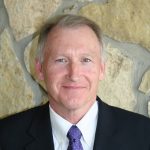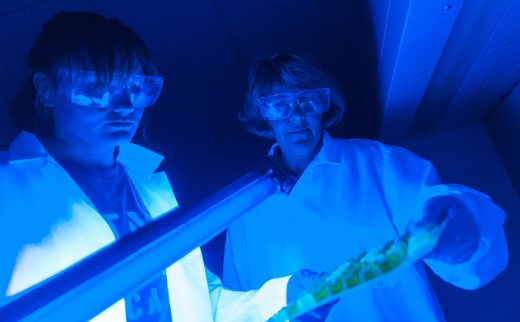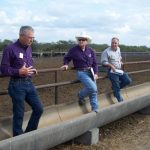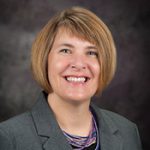Kansas State University established KCARE in order to coordinate and enhance the research, extension, and teaching activities that focus on environmental issues relating to agriculture. KCARE supports research spanning multiple departments and disciplines: soil science, smoke management, cropping systems, water quality and irrigation, fertilizer research, and climate studies.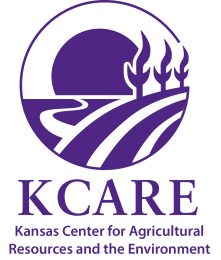
Although the core mission for us remains the same, our look is starting to change. As a part of this, we are happy to share with you the new KCARE logo. This new design encompasses the connection between agriculture and the environment which is at the heart of KCARE. Any KCARE affiliates are invited to use this logo: as a link to the KCARE site on your personal or departmental webpages, on brochures or handouts including KCARE-supported research, or anywhere else you want to highlight our partnership.
If you would like to use the KCARE logo, please contact Melissa Harvey (mharvey@ksu.edu) for more information.
We have also launched a new KCARE Twitter account. Please follow us at @KStateKCARE to learn about current projects, events, or other news. Of course, we welcome your input: if there’s something you think we need to highlight, either on our website or on our Twitter account, don’t be shy! Let us know!
It is our privilege and pleasure to work with research and extension faculty, students, and members of our community to explore new ways to create quality solutions for the environmental issues our state faces now and into the future. Through our partnerships, we are helping Kansas agriculture remain successful and sustainable.

